Special Report
The Cheapest and Most Expensive Places to Buy a House in Illinois
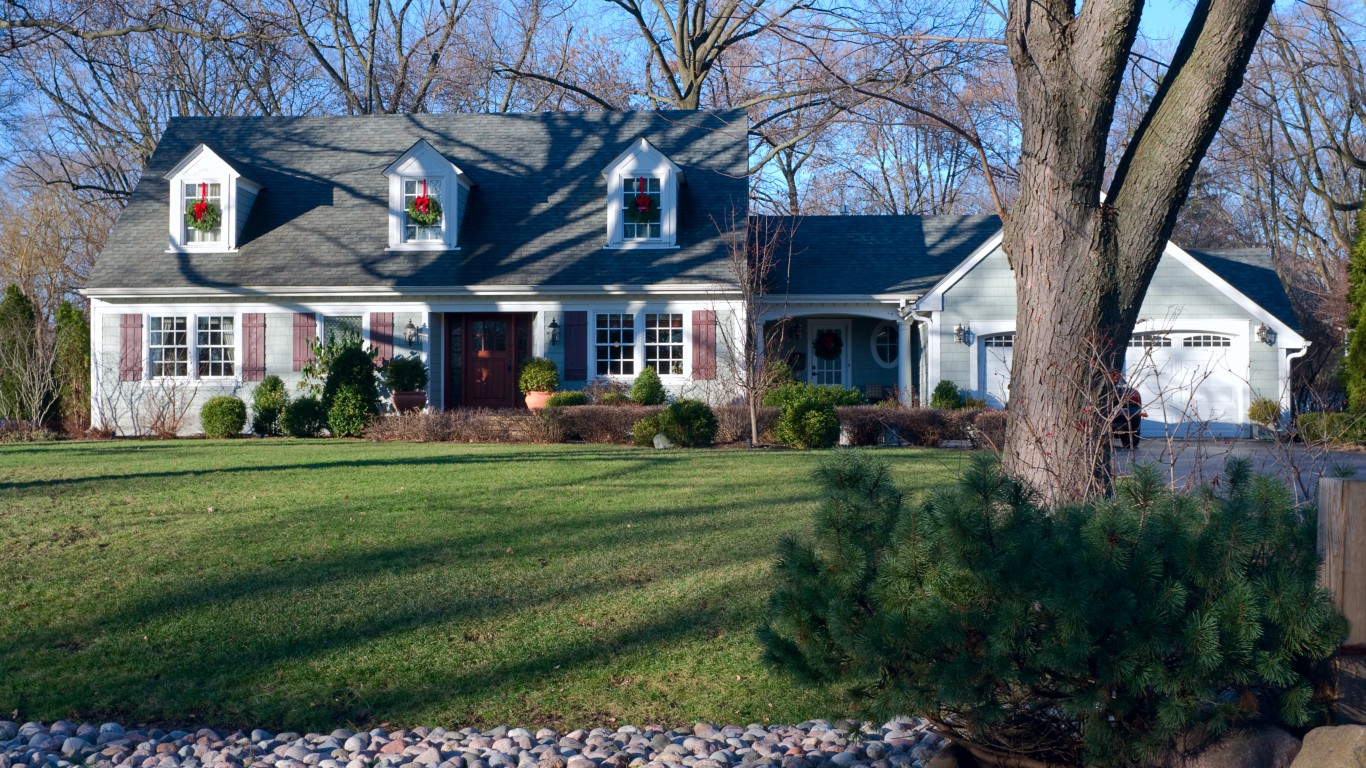
Published:

Home prices have surged in the U.S. in recent years. Driven by rising demand and supply constraints during the pandemic, the median home sale price spiked by nearly 50% from the second quarter of 2020 to Q3 in 2022. While the sale price of a typical American home has fallen in recent months since, housing prices remain at historic highs.
Not only have home values soared, but borrowing costs for home buyers have also climbed. The average interest rate on a 30-year fixed mortgage has been above 6% since September 2022, a high not seen in nearly a decade and a half. In a market defined by high prices and high mortgage rates, homeownership has become prohibitively expensive for a large number of Americans.
Still, housing prices are also subject to a number of factors that can be isolated from broader, nationwide market trends — and location is one of them. Two homes that are virtually identical can vary in price by hundreds of thousands of dollars, depending on where they are. And for prospective homeowners on a budget, some Illinois cities are far more affordable than others.
According to five-year estimates from the U.S. Census Bureau’s 2022 American Community Survey, the typical home in Illinois is worth $239,100. But across the 41 cities, towns, and unincorporated communities in the state with populations of at least 40,000, median home values range from less than $100,000 to nearly $600,000.
In any local market, home prices are often a reflection of what residents can afford. In Illinois, many of the least expensive cities for homebuyers are not high-income areas. Of the 41 Illinois cities with available data from the ACS, 14 have a median home value that is less than the statewide median. In all but two of these places, the typical household earns less than the statewide median household income of $78,433. Similarly, most of Illinois’ more expensive housing markets have higher earning populations.

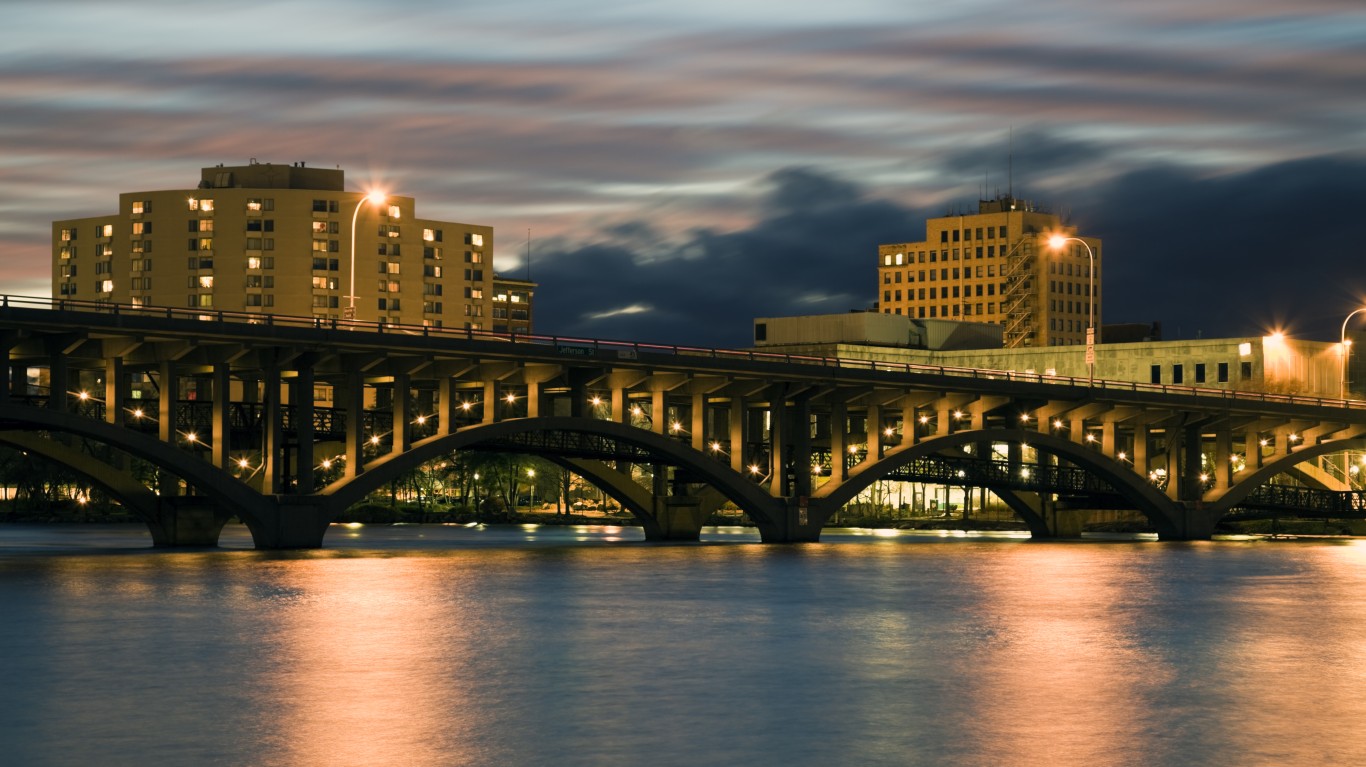
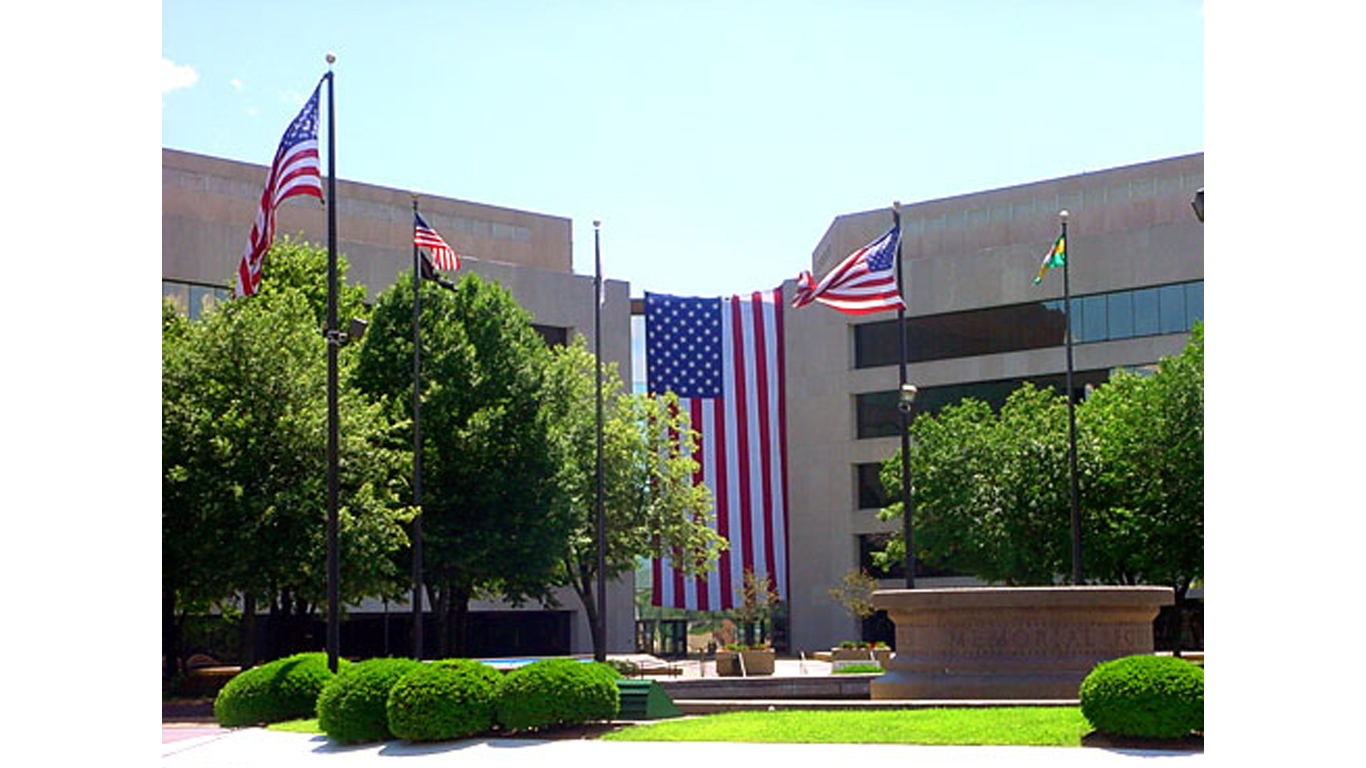
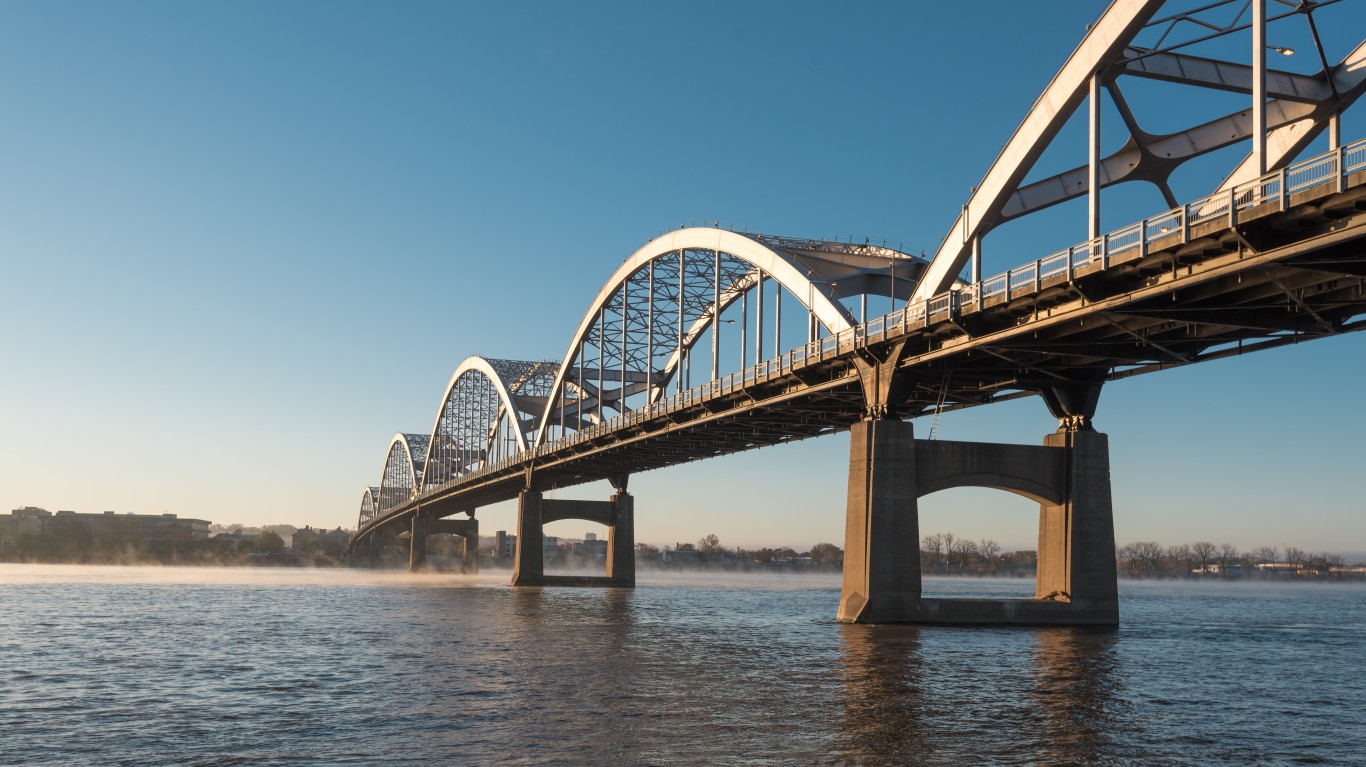
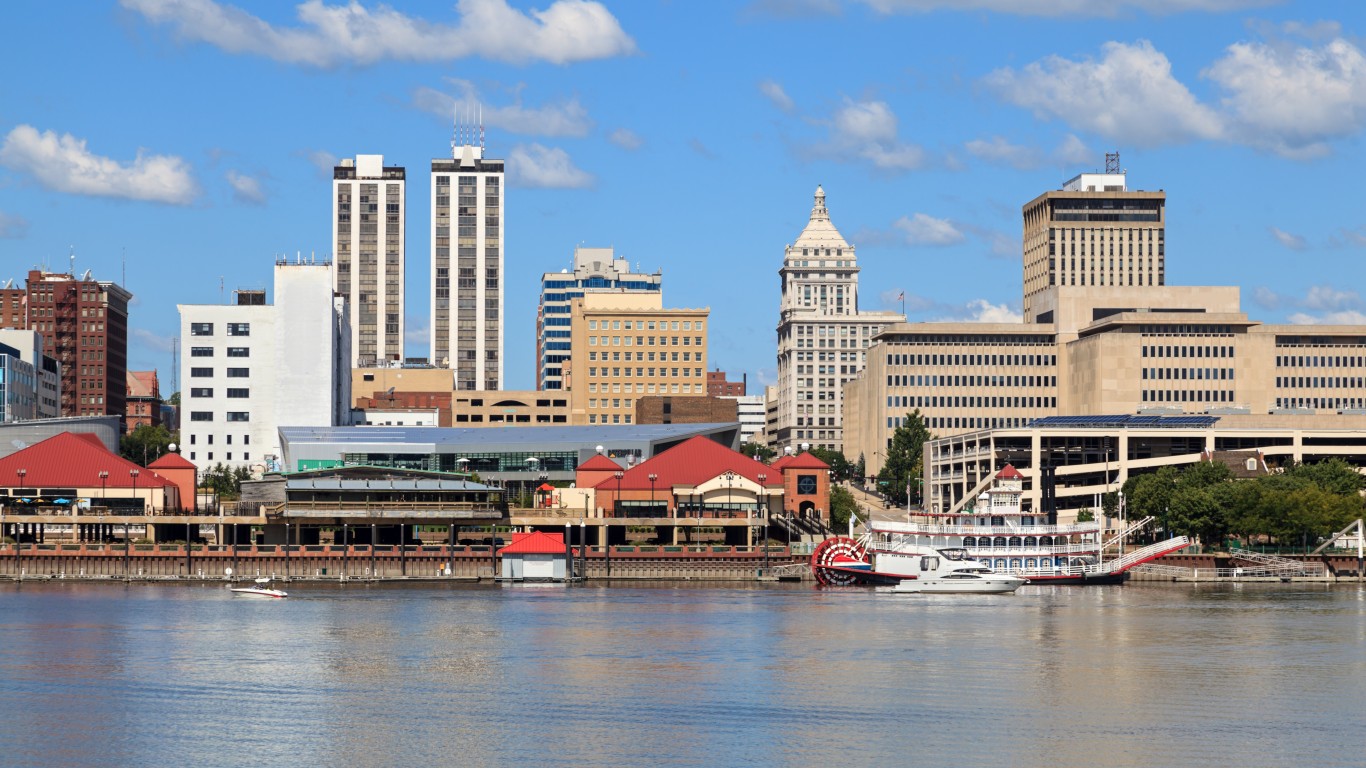
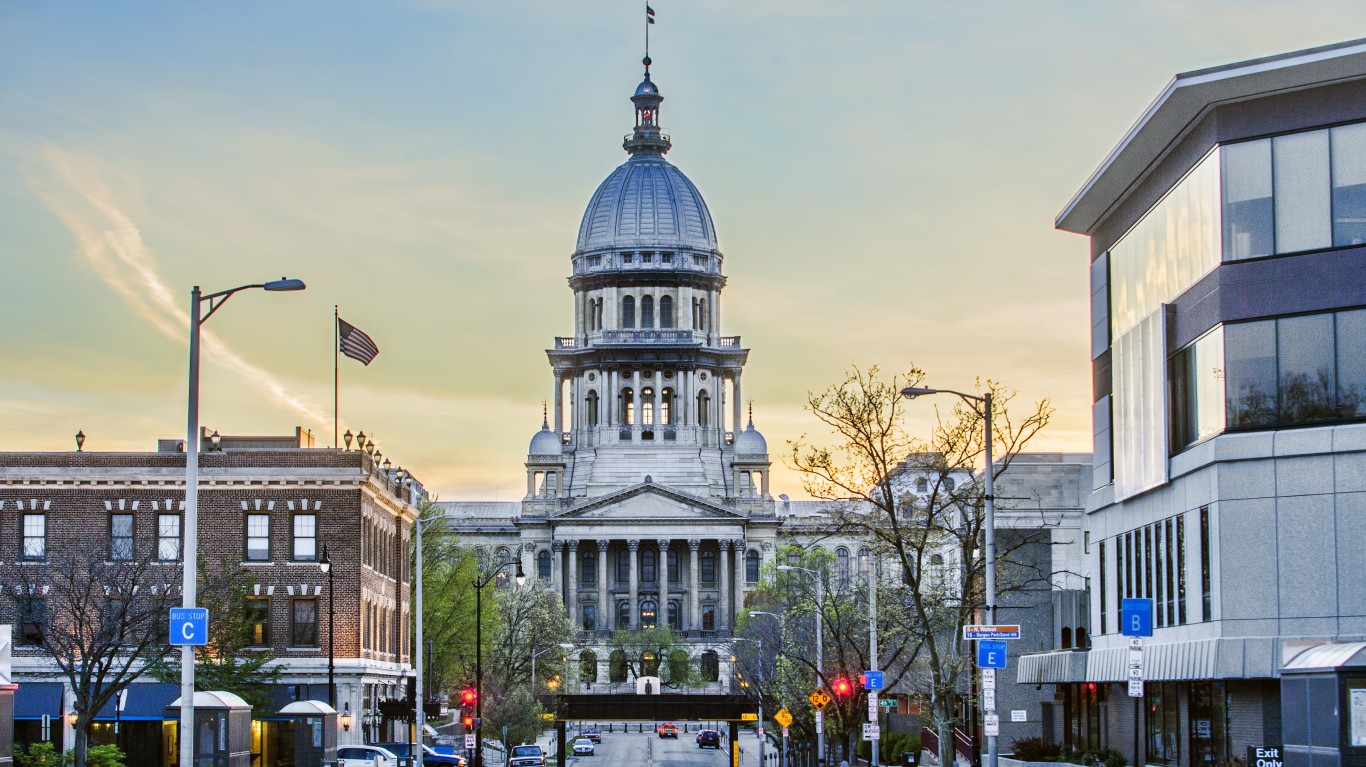
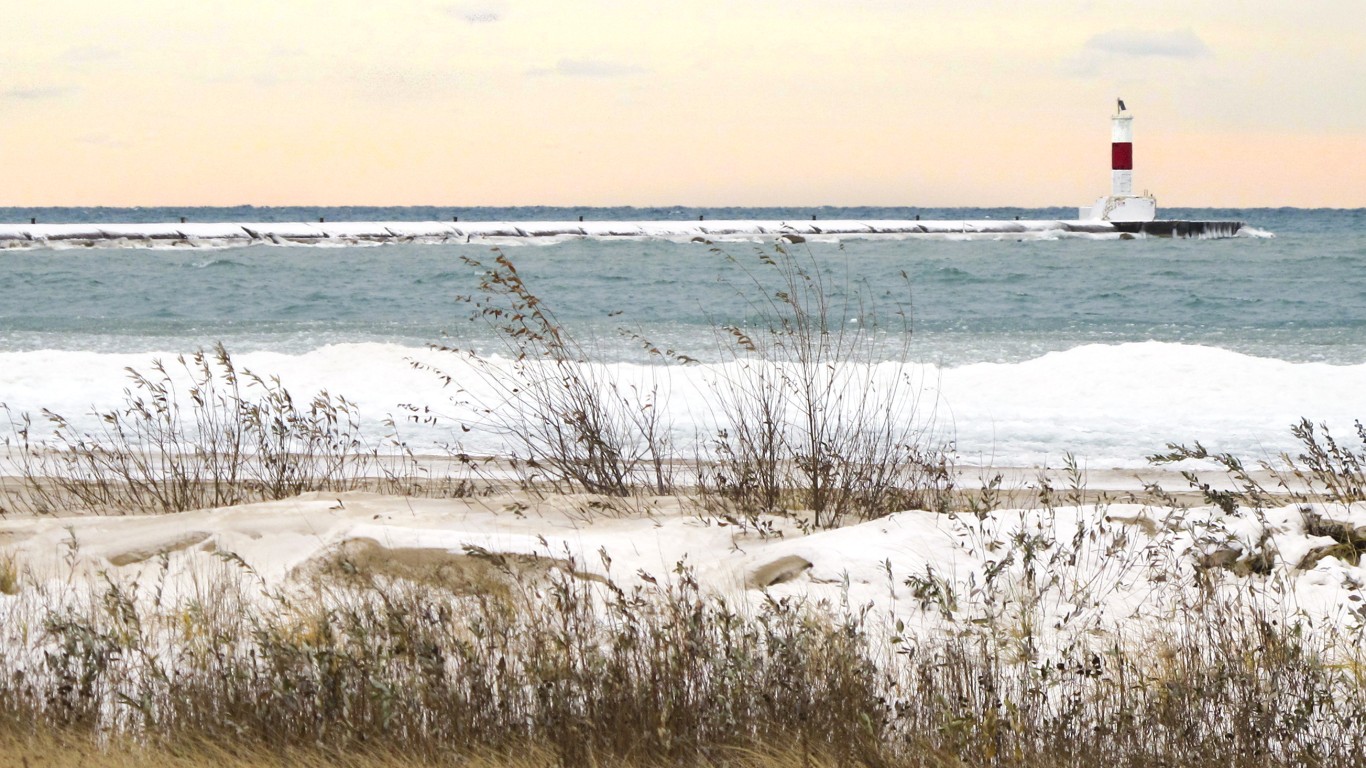

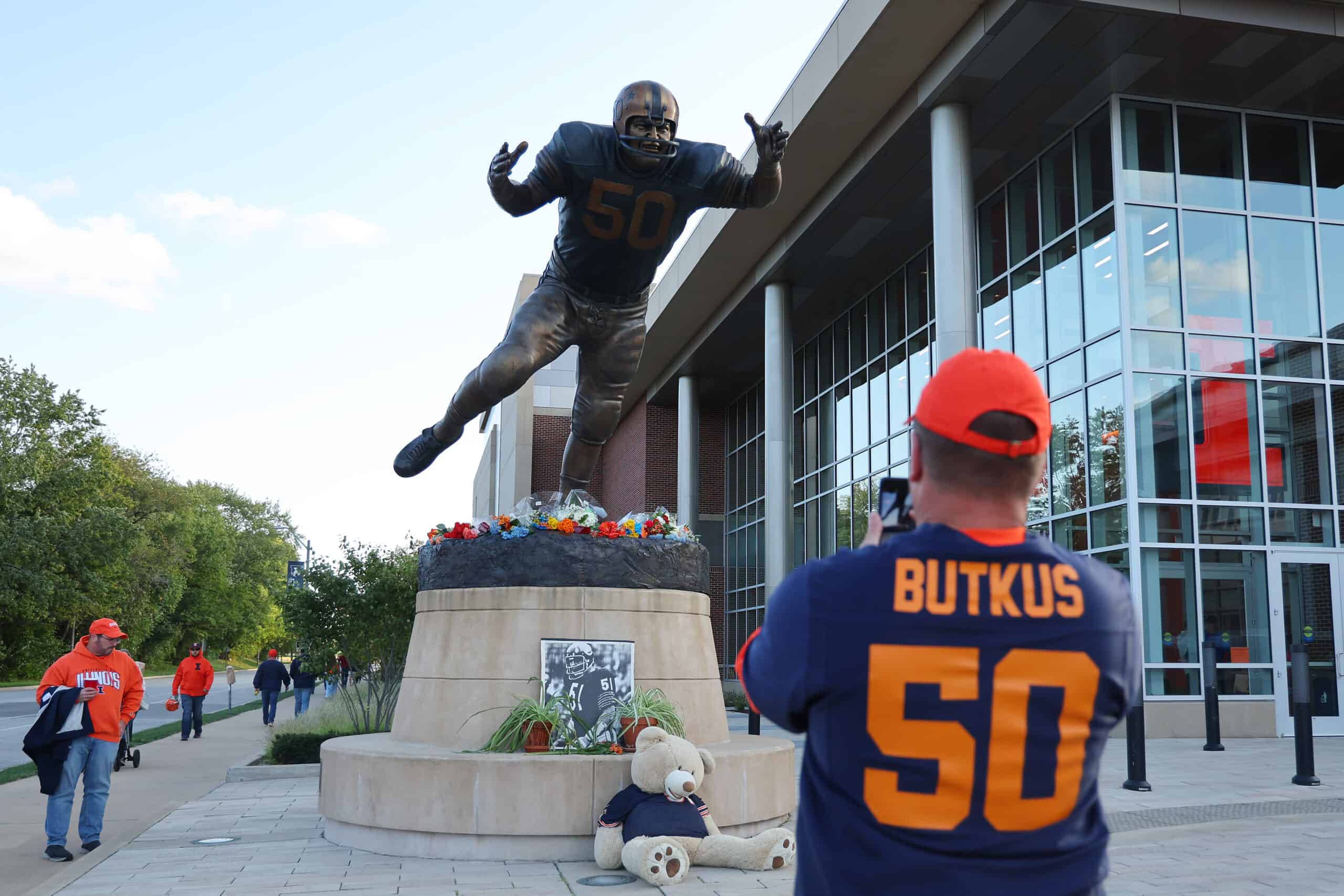
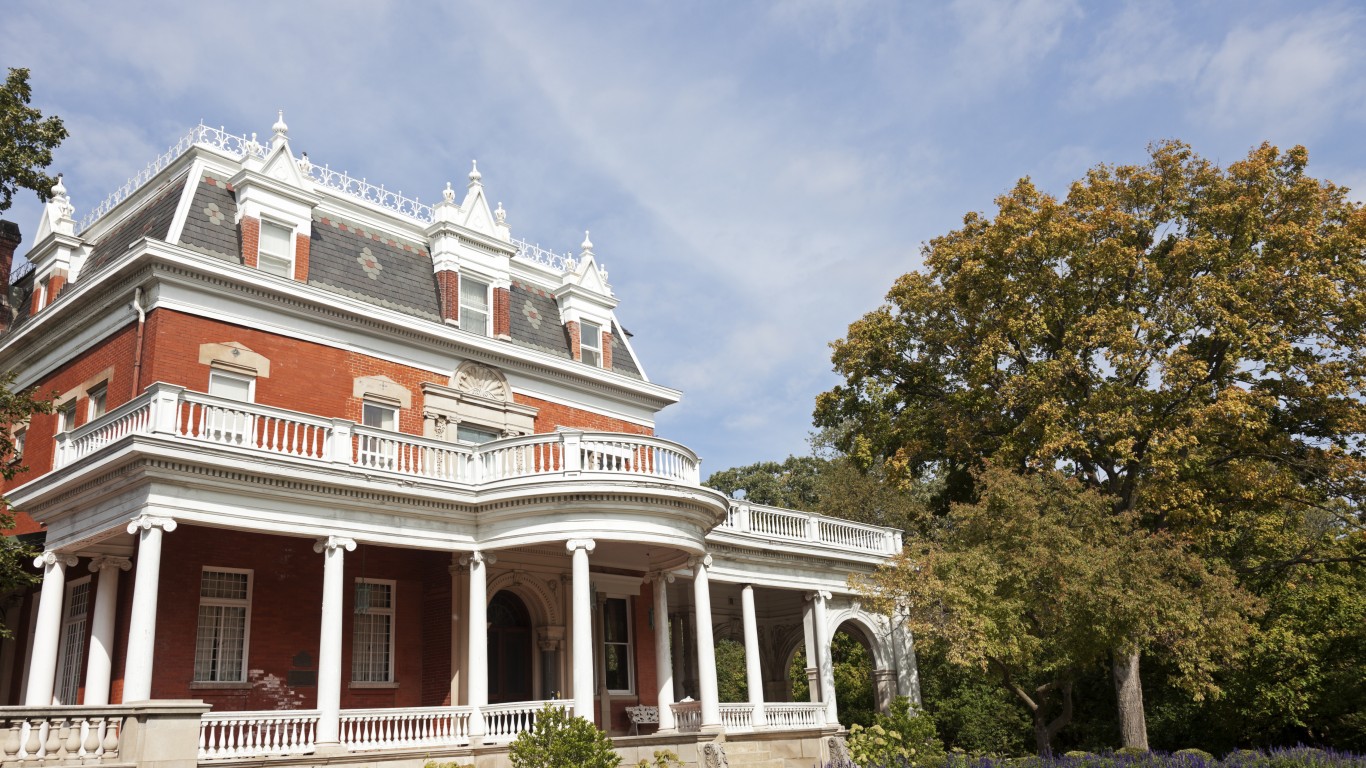

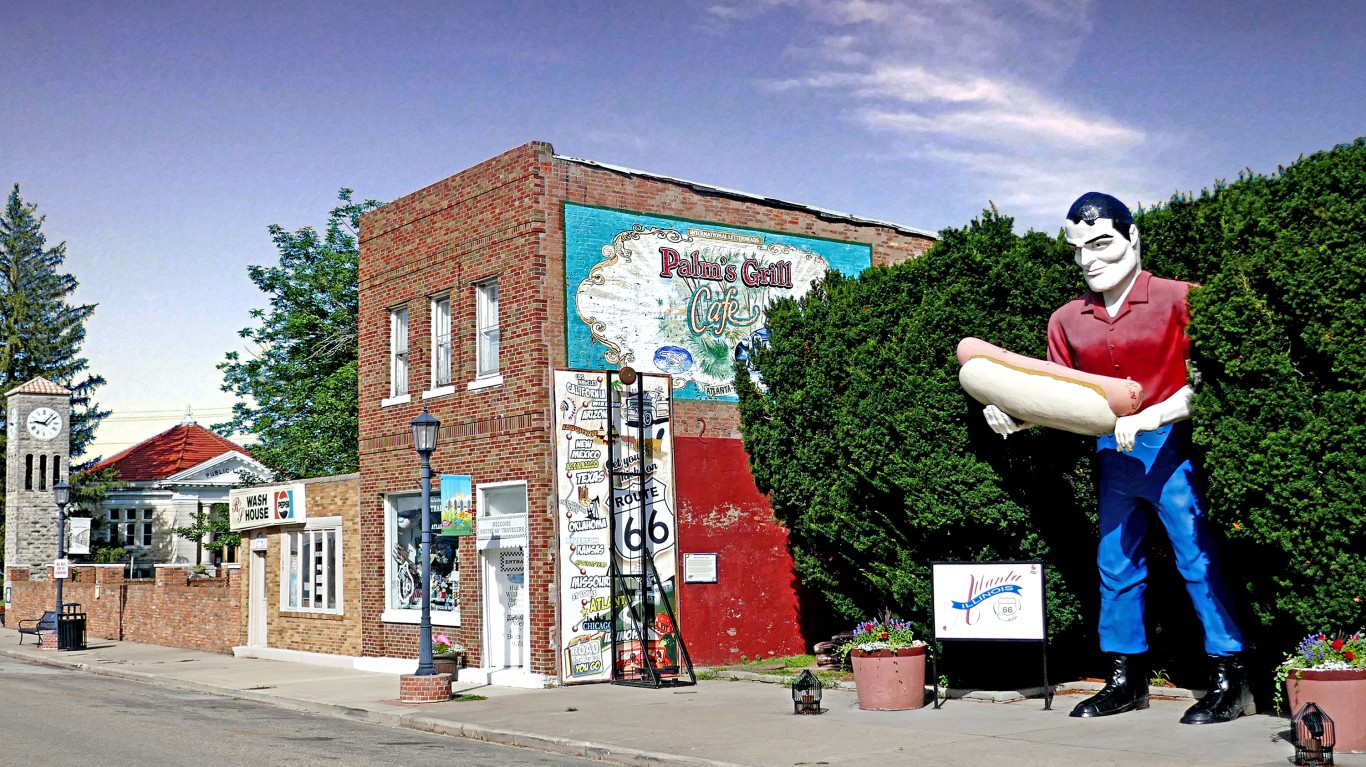
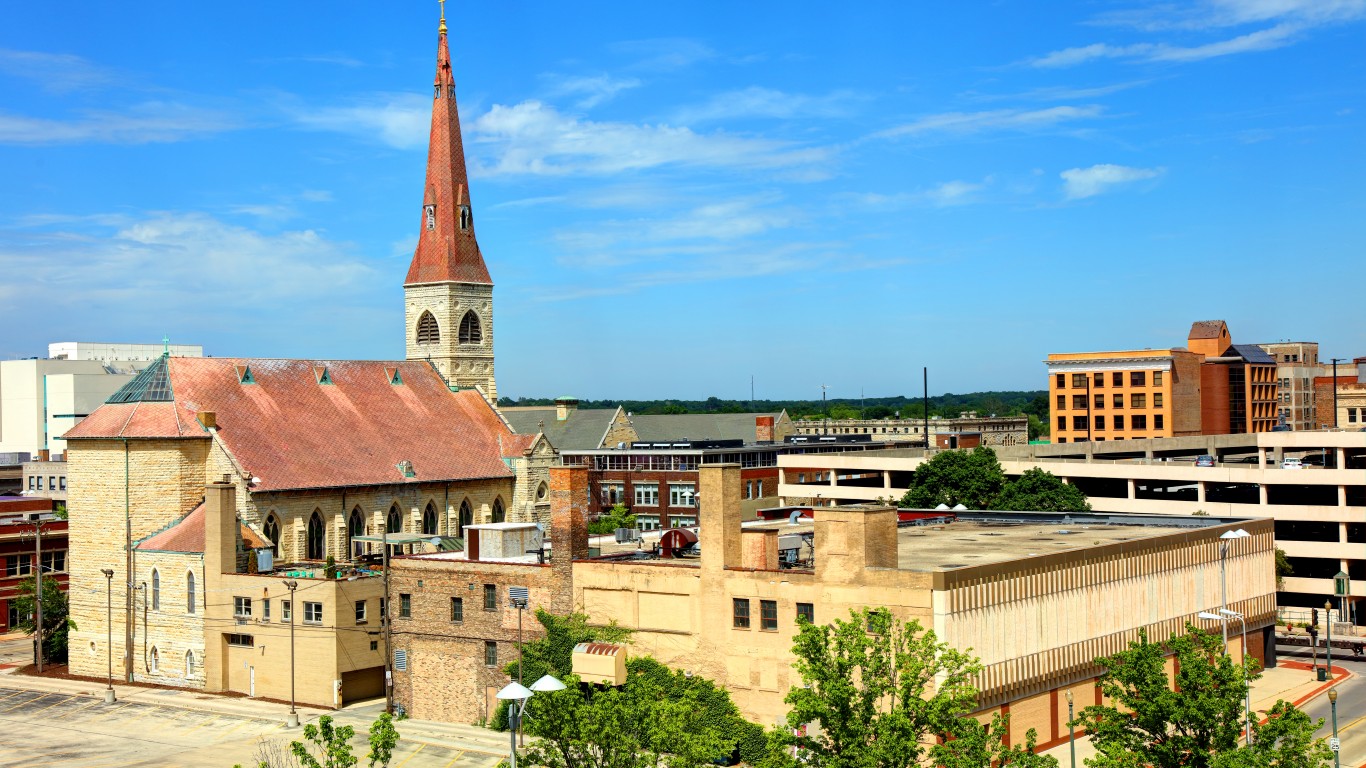
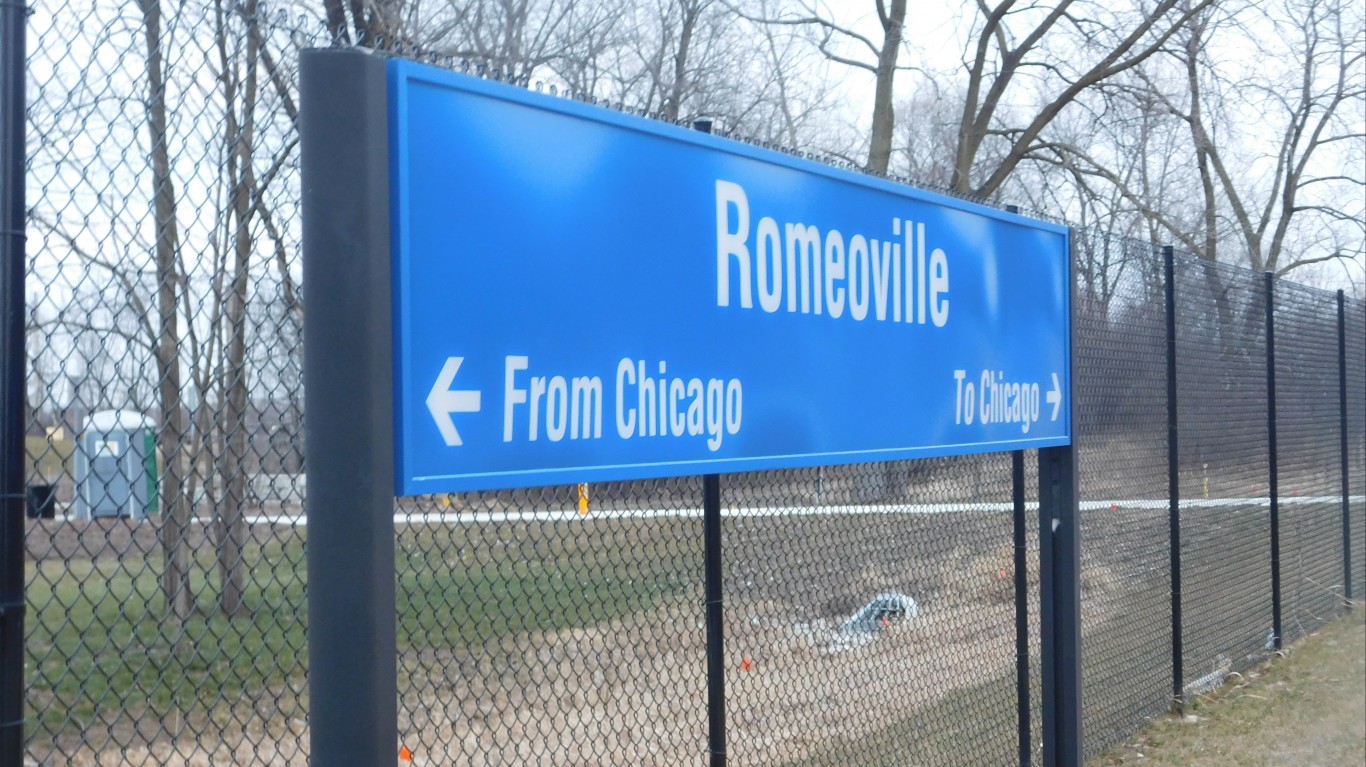
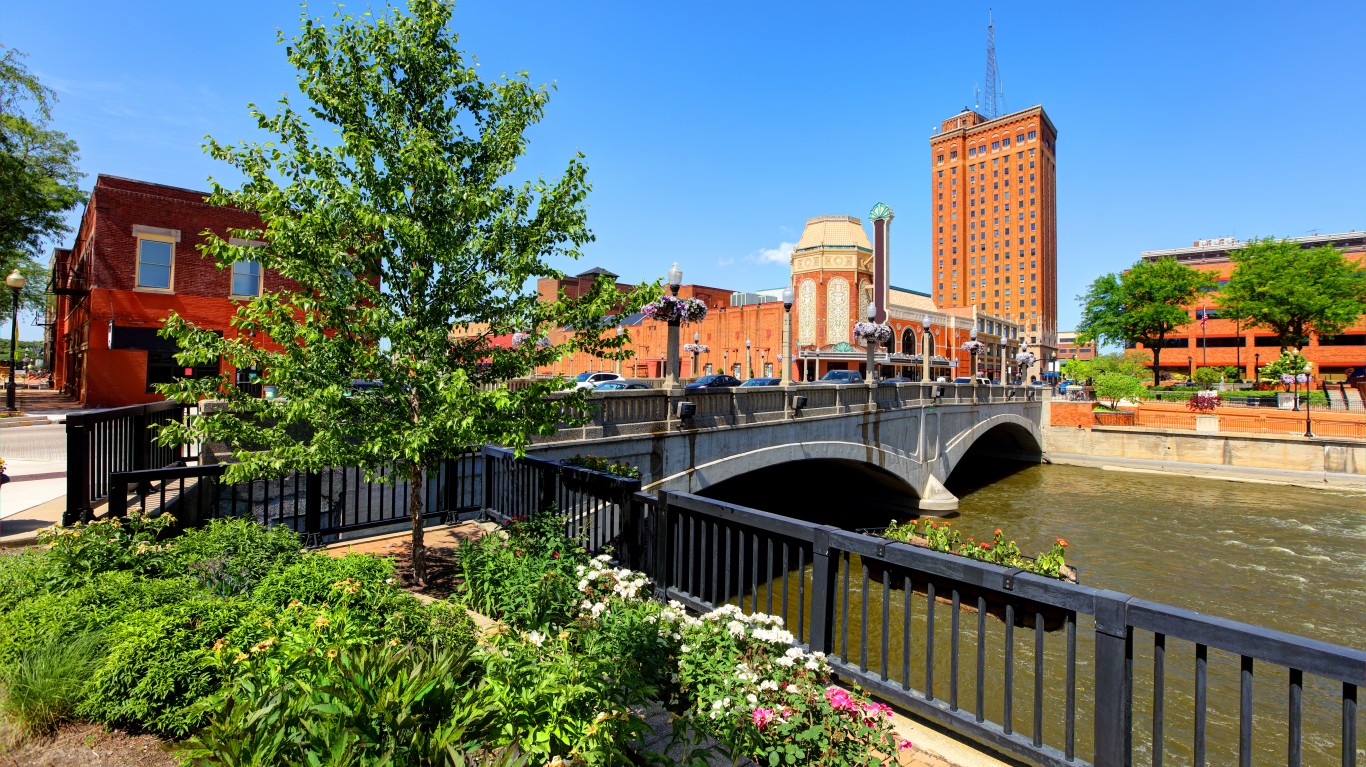
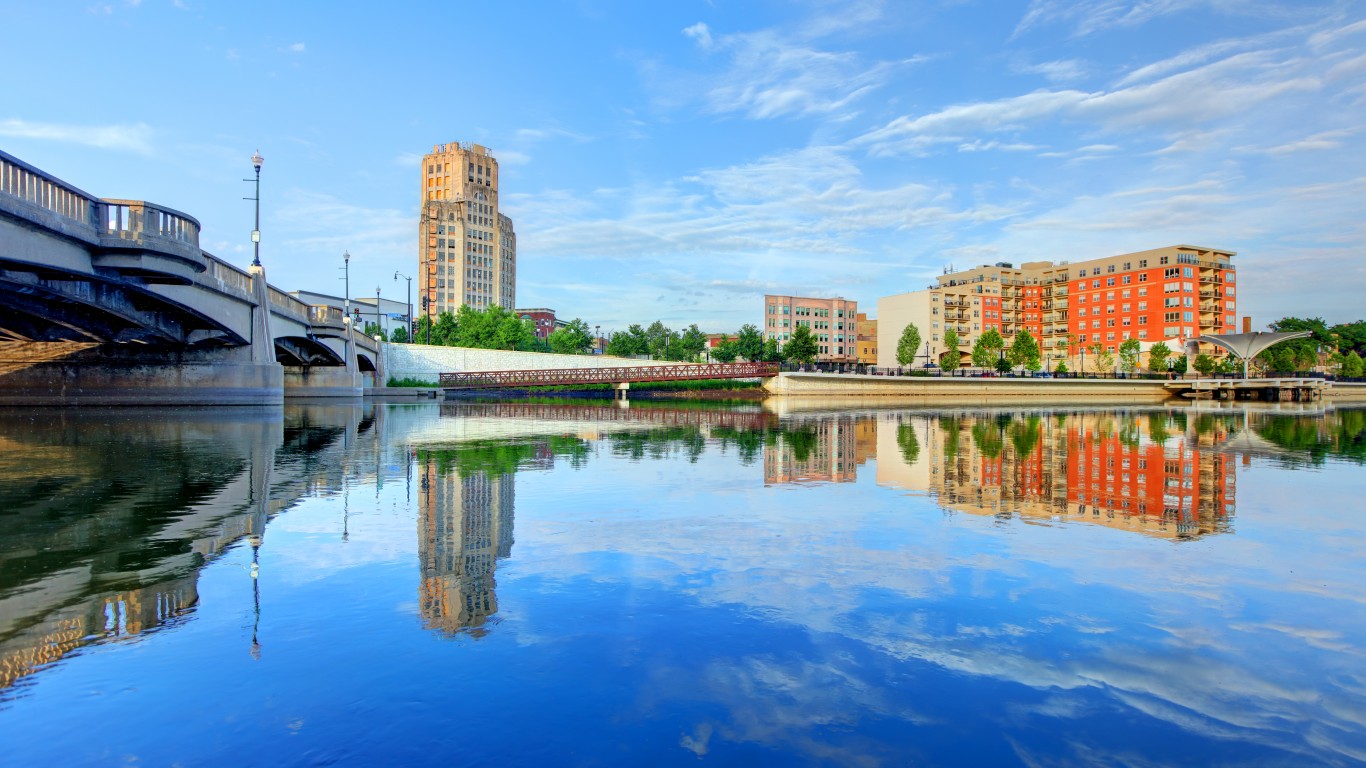
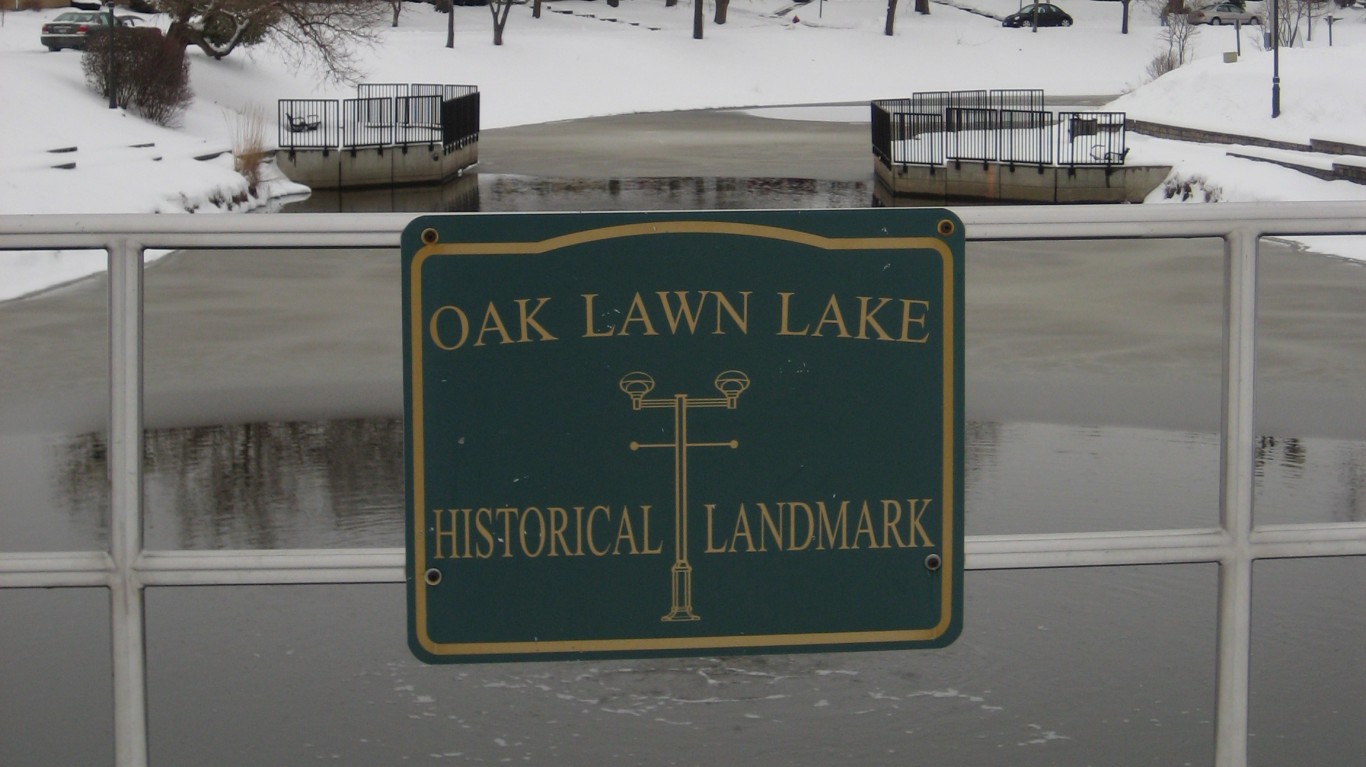



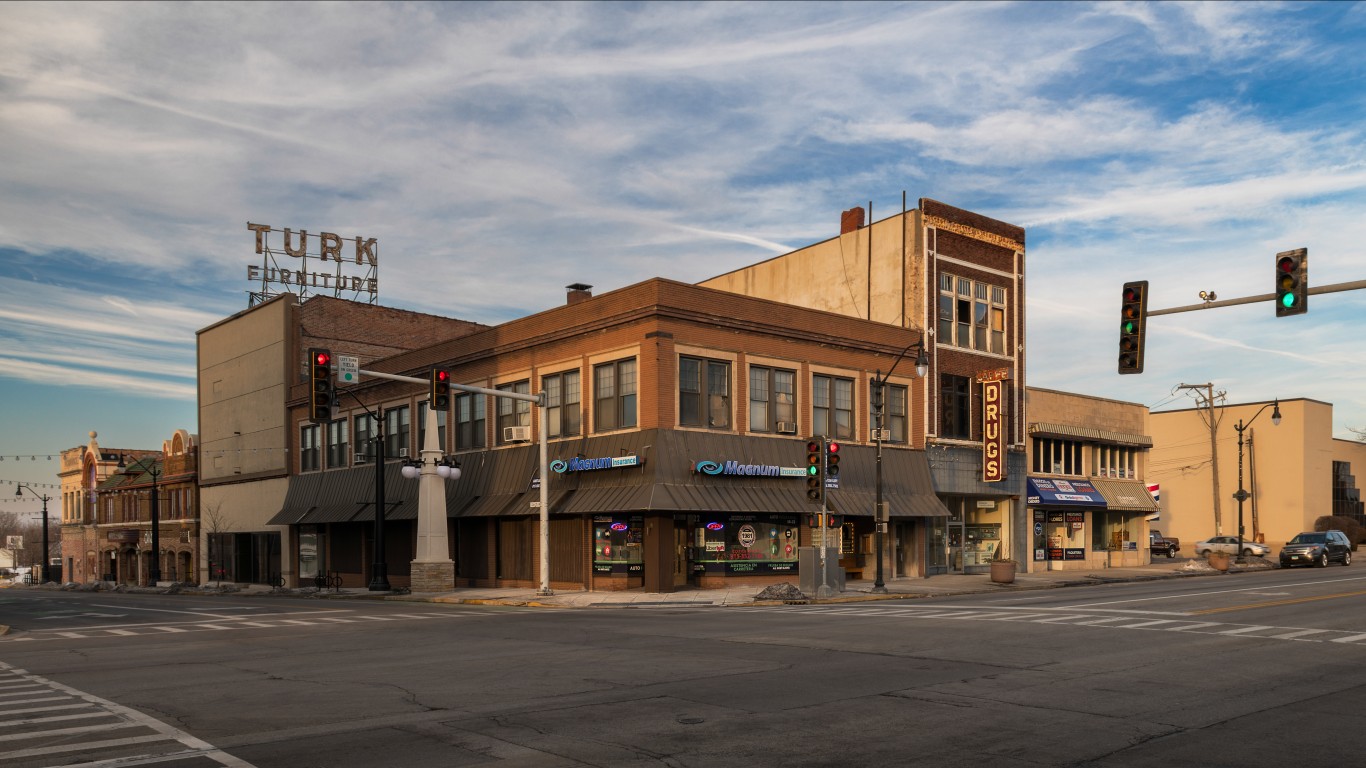
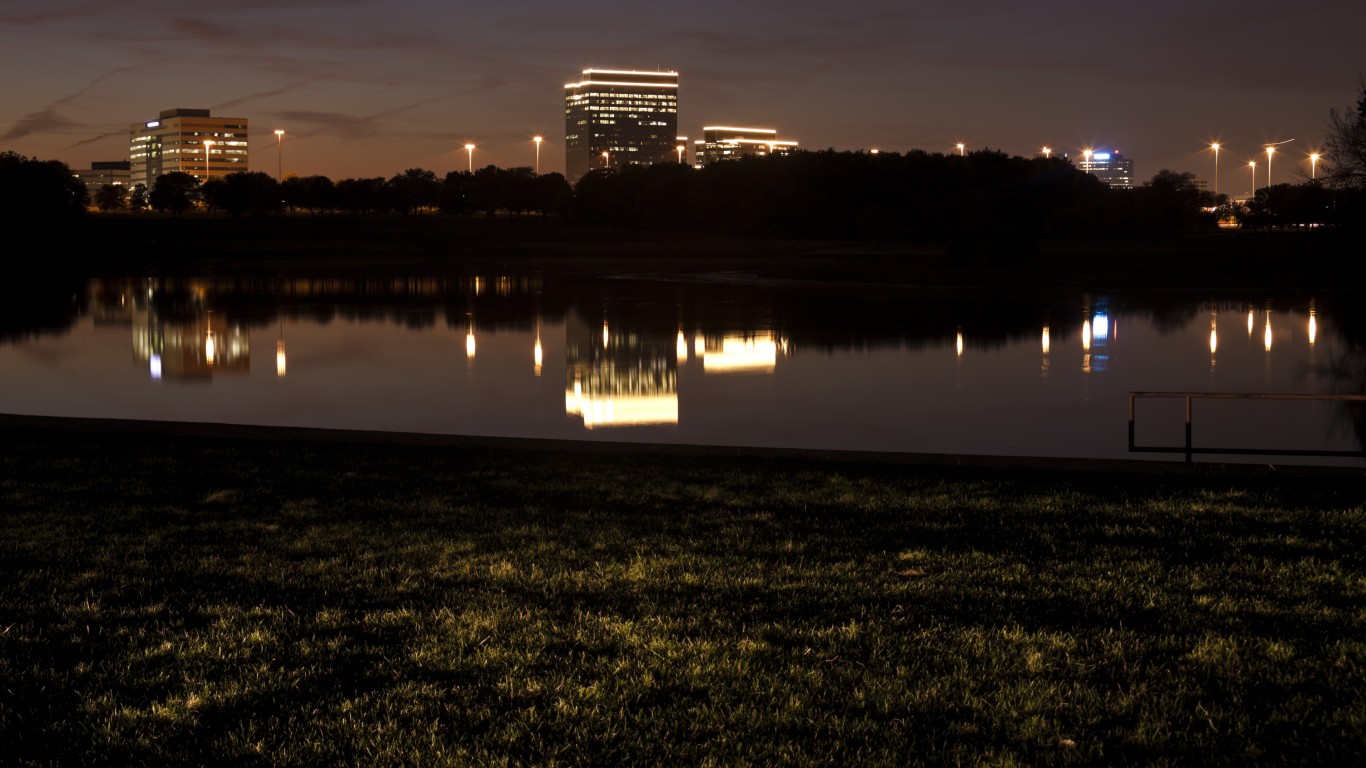
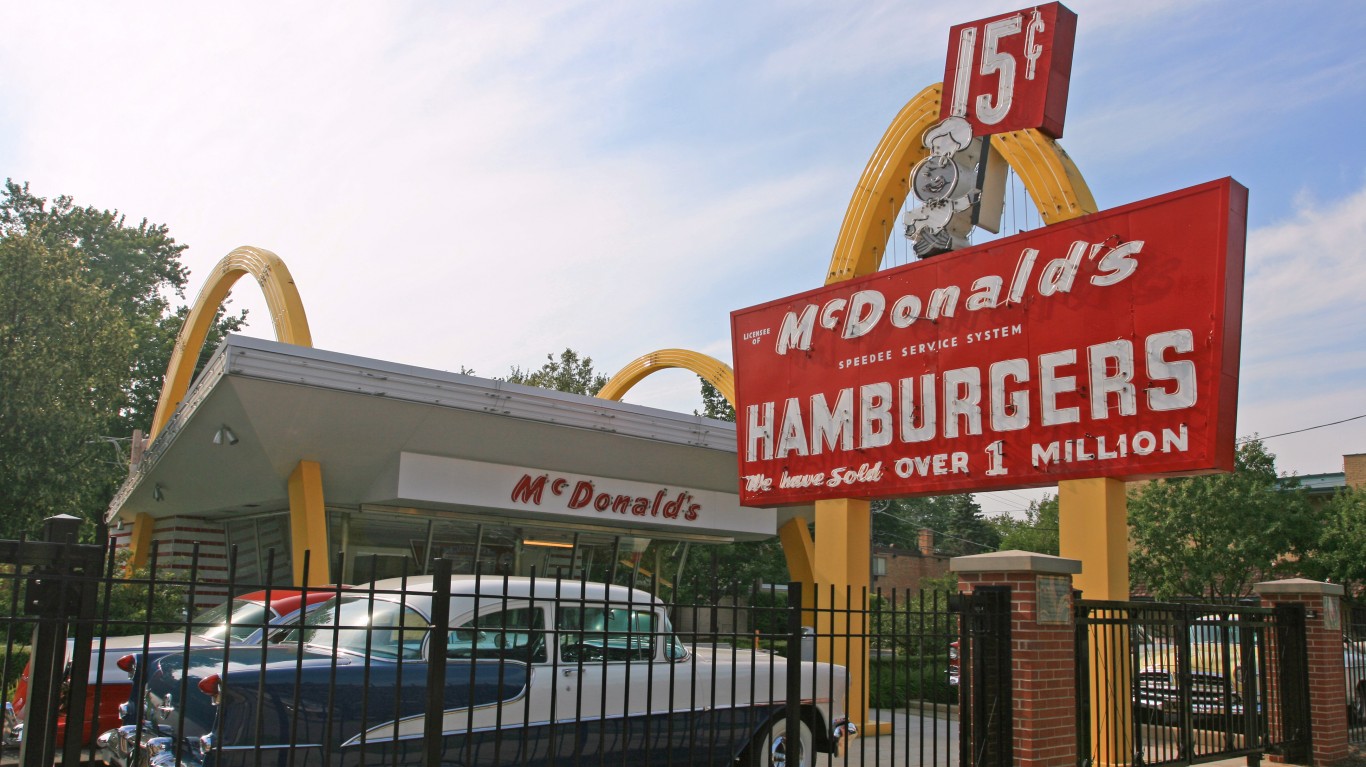
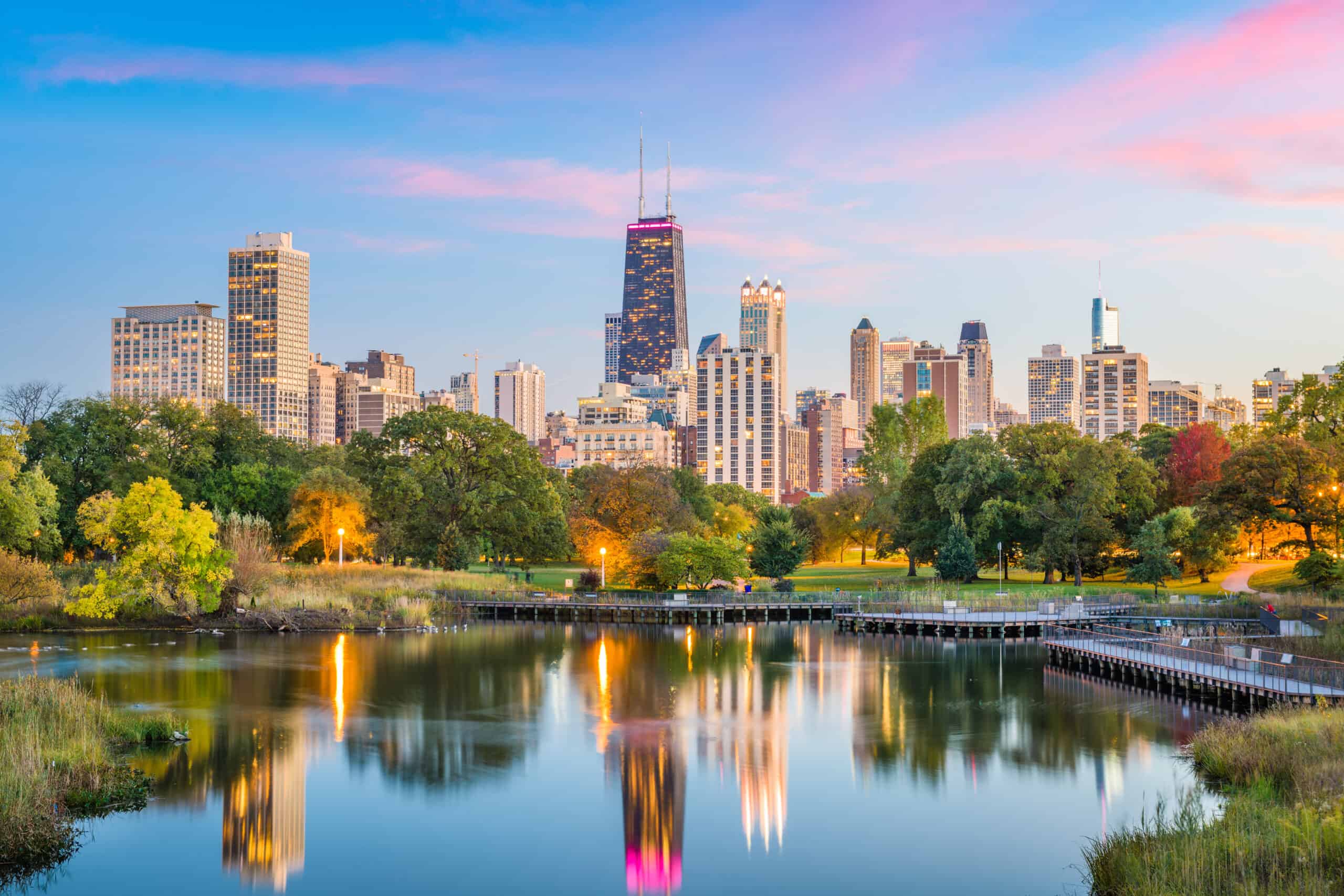

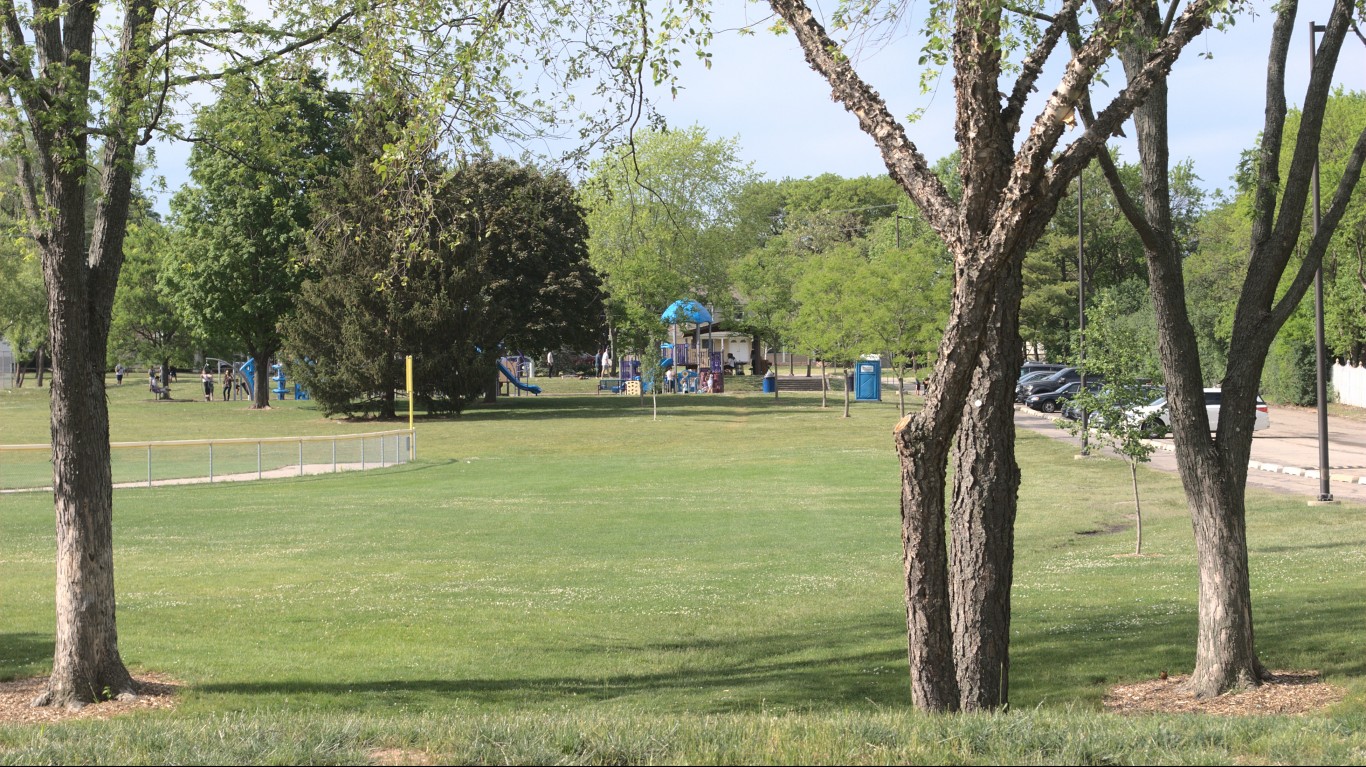

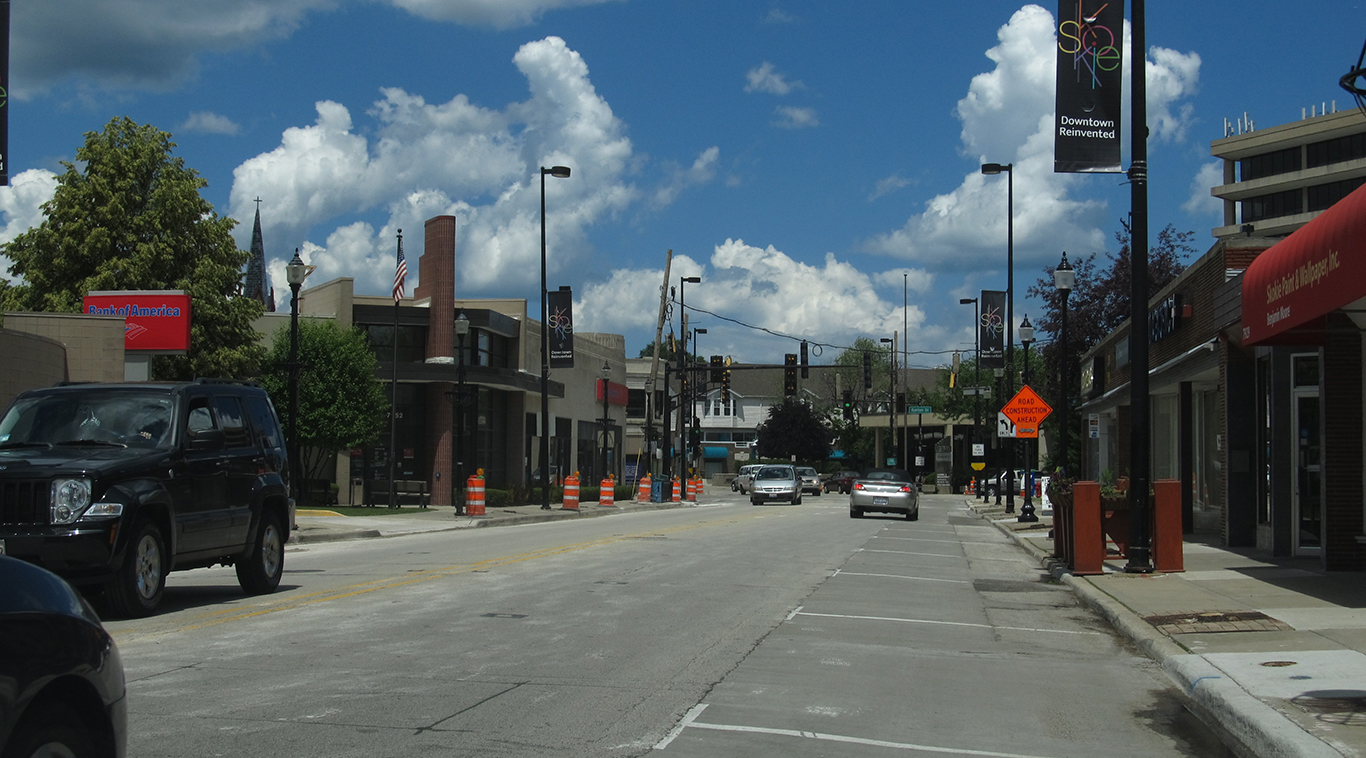
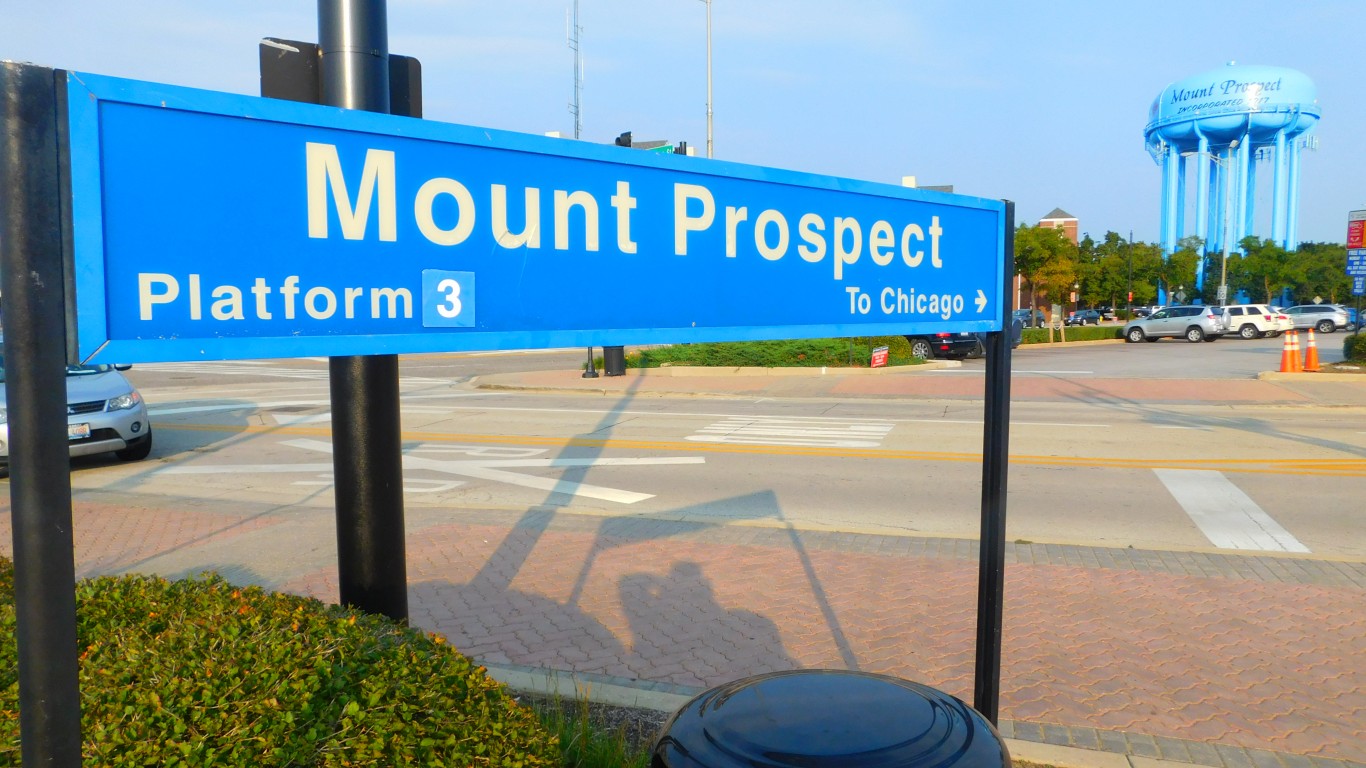
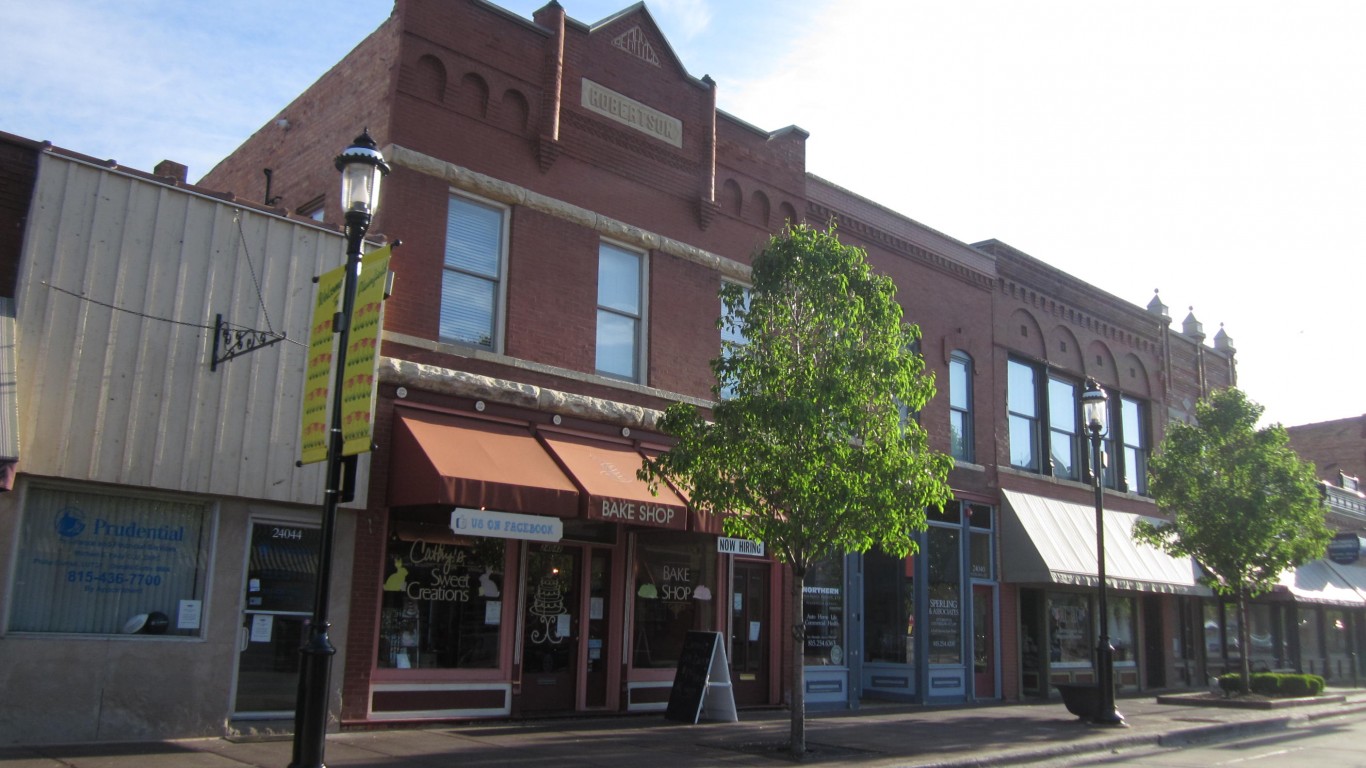

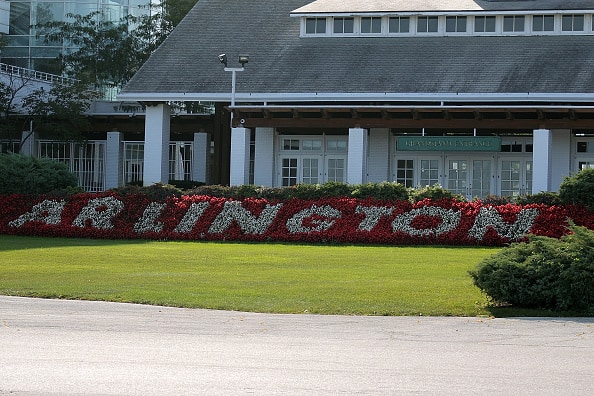


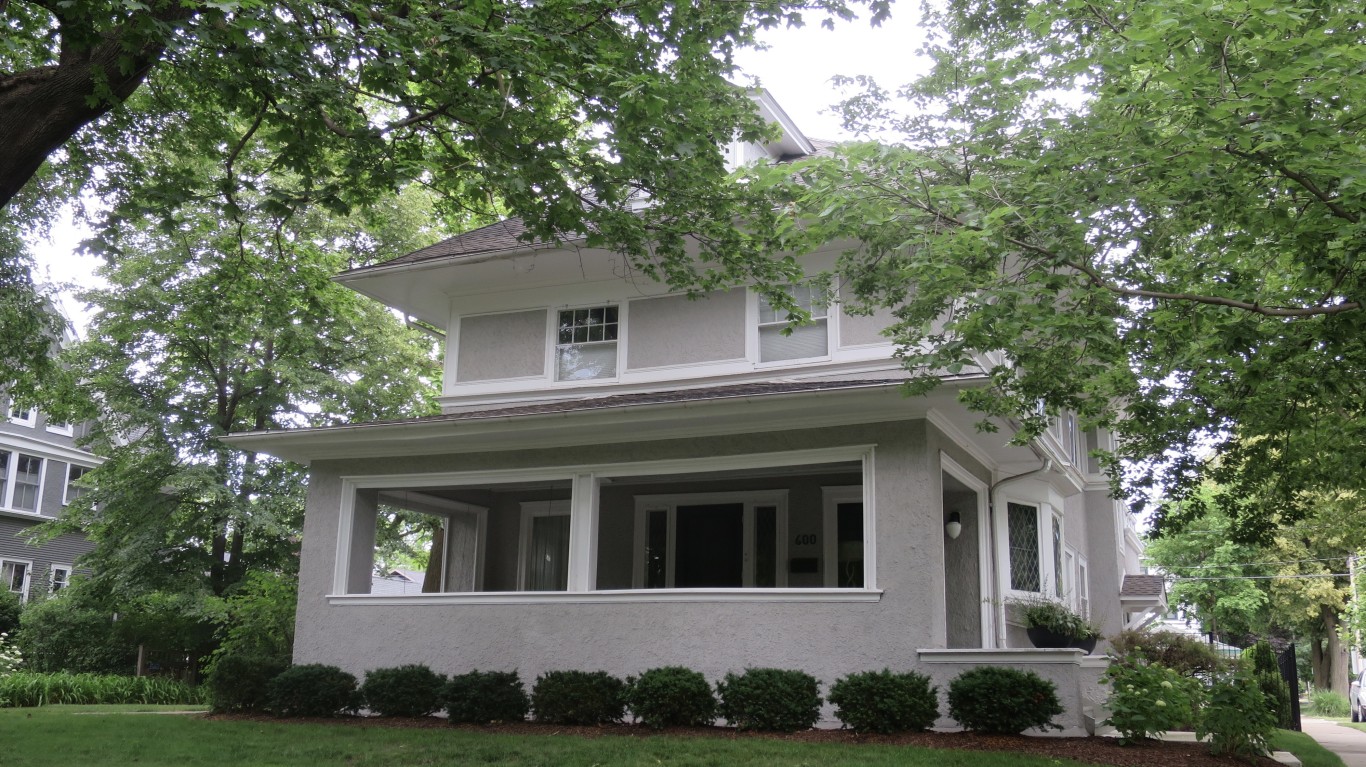
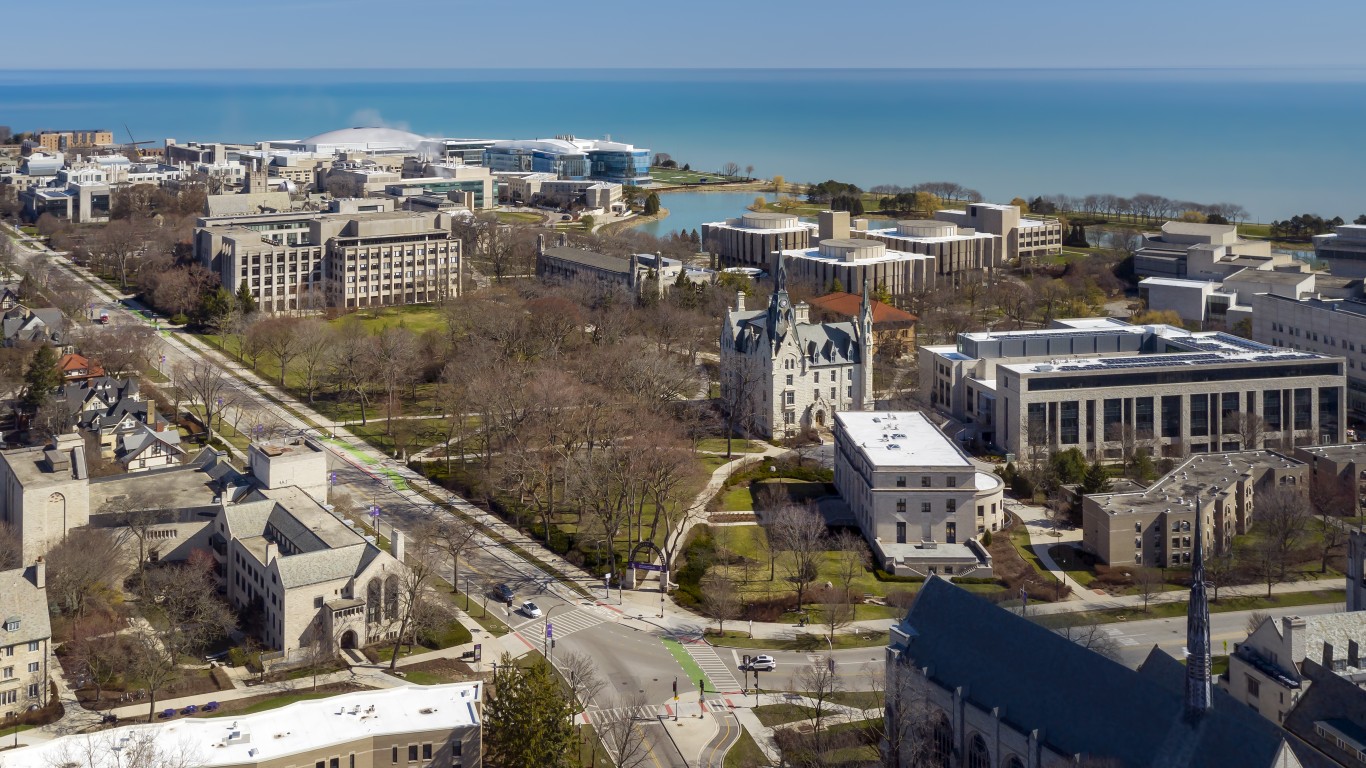

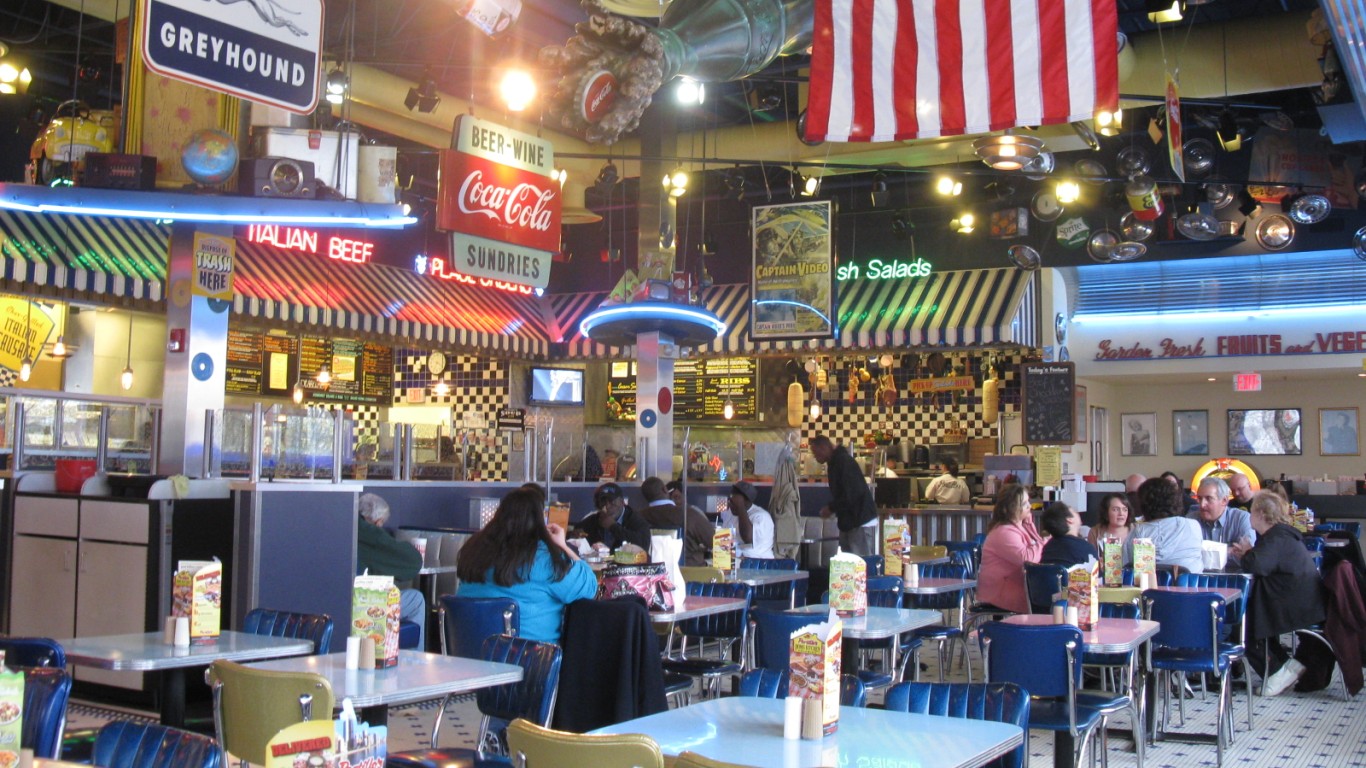
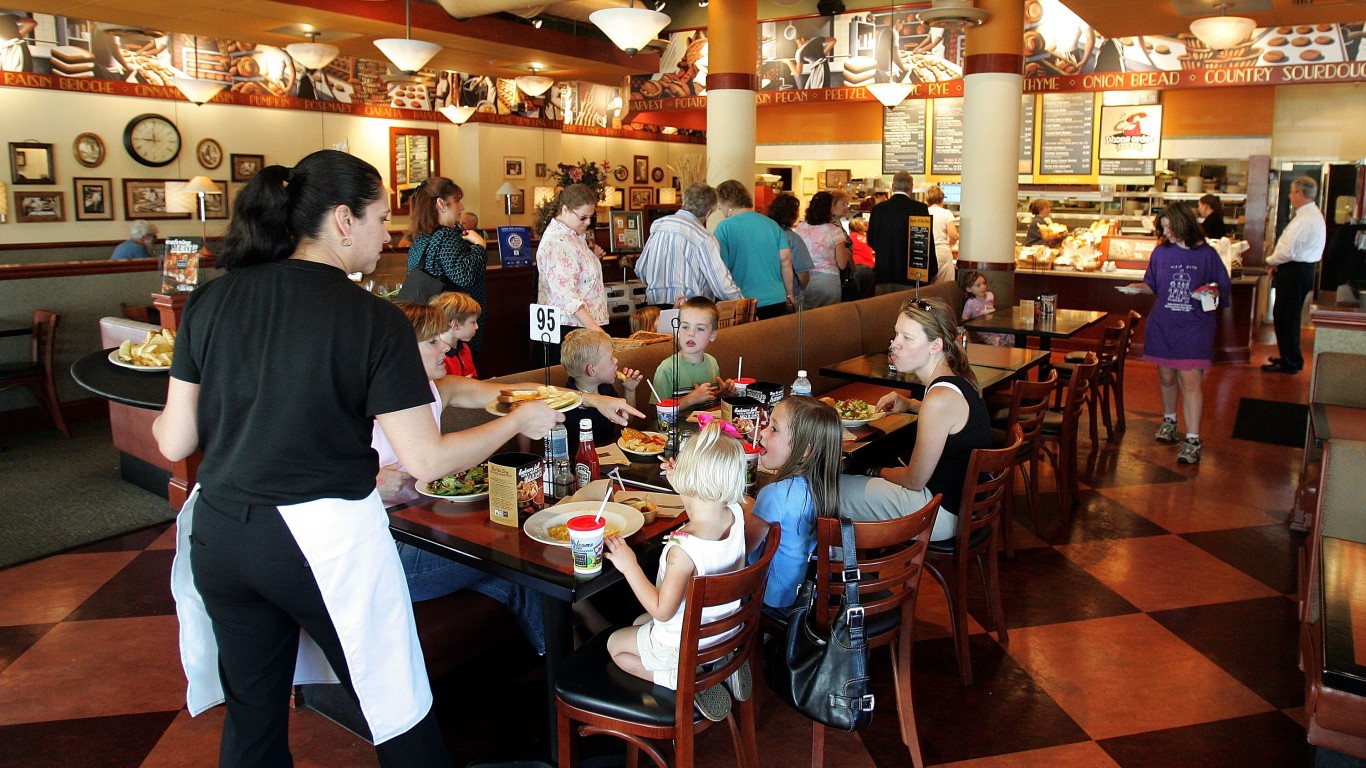
| Rank | Places in Illinois with at least 40,000 residents | Median home value ($) | Homeownership rate (%) | Median household income ($) | Total Population |
|---|---|---|---|---|---|
| 1 | Glenview | 590,600 | 77.8 | 134,910 | 47,896 |
| 2 | Elmhurst | 516,900 | 79.8 | 143,492 | 45,648 |
| 3 | Naperville | 482,600 | 74.4 | 143,754 | 149,089 |
| 4 | Evanston | 454,600 | 55.9 | 93,188 | 77,181 |
| 5 | Oak Park | 440,500 | 59.5 | 103,264 | 53,834 |
| 6 | Wheaton | 430,600 | 72.6 | 113,523 | 53,673 |
| 7 | Downers Grove | 425,000 | 75.2 | 115,461 | 49,996 |
| 8 | Arlington Heights | 396,500 | 72.7 | 113,502 | 76,794 |
| 9 | Buffalo Grove | 380,700 | 83.2 | 127,553 | 42,934 |
| 10 | Plainfield | 377,200 | 89.7 | 143,064 | 44,941 |
| 11 | Mount Prospect | 367,900 | 69.9 | 100,526 | 56,191 |
| 12 | Skokie | 362,500 | 74.6 | 91,892 | 67,076 |
| 13 | Orland Park | 337,800 | 85.9 | 97,365 | 58,345 |
| 14 | Palatine | 337,200 | 67.5 | 93,383 | 67,223 |
| 15 | Bartlett | 334,600 | 86.4 | 126,555 | 40,829 |
| 16 | Hoffman Estates | 330,300 | 74.0 | 107,428 | 51,744 |
| 17 | Lombard | 308,900 | 69.9 | 95,509 | 44,055 |
| 18 | Chicago | 304,500 | 45.6 | 71,673 | 2,721,914 |
| 19 | Des Plaines | 304,100 | 78.6 | 86,552 | 60,087 |
| 20 | Schaumburg | 303,000 | 61.2 | 92,818 | 77,571 |
| 21 | Tinley Park | 278,300 | 87.5 | 99,628 | 55,571 |
| 22 | Bolingbrook | 276,400 | 78.8 | 102,057 | 73,755 |
| 23 | Berwyn | 272,900 | 60.4 | 71,300 | 56,556 |
| 24 | Crystal Lake | 271,100 | 78.1 | 103,018 | 40,463 |
| 25 | Oak Lawn | 250,900 | 81.9 | 77,221 | 57,665 |
| 26 | Elgin | 242,500 | 71.2 | 85,998 | 114,190 |
| 27 | Aurora | 241,600 | 66.8 | 85,943 | 181,405 |
| 28 | Romeoville | 233,900 | 83.8 | 96,409 | 40,132 |
| 29 | Joliet | 233,800 | 72.4 | 84,971 | 150,221 |
| 30 | Cicero | 224,300 | 54.6 | 64,325 | 84,189 |
| 31 | Normal | 194,400 | 55.8 | 63,965 | 52,920 |
| 32 | DeKalb | 192,200 | 42.1 | 47,410 | 40,697 |
| 33 | Champaign | 191,200 | 45.4 | 58,273 | 88,628 |
| 34 | Bloomington | 190,700 | 61.1 | 73,119 | 78,788 |
| 35 | Waukegan | 164,400 | 48.9 | 66,077 | 89,435 |
| 36 | Springfield | 147,700 | 62.4 | 62,419 | 114,214 |
| 37 | Peoria | 146,700 | 56.3 | 58,068 | 113,054 |
| 38 | Moline | 141,100 | 66.3 | 63,553 | 42,452 |
| 39 | Belleville | 122,700 | 62.5 | 60,573 | 42,155 |
| 40 | Rockford | 114,100 | 54.1 | 50,744 | 148,173 |
| 41 | Decatur | 96,800 | 61.2 | 49,039 | 70,975 |
Retirement can be daunting, but it doesn’t need to be.
Imagine having an expert in your corner to help you with your financial goals. Someone to help you determine if you’re ahead, behind, or right on track. With SmartAsset, that’s not just a dream—it’s reality. This free tool connects you with pre-screened financial advisors who work in your best interests. It’s quick, it’s easy, so take the leap today and start planning smarter!
Don’t waste another minute; get started right here and help your retirement dreams become a retirement reality.
Thank you for reading! Have some feedback for us?
Contact the 24/7 Wall St. editorial team.